Orsay Museum: the 10 most important paintings and tips to get through with ease
The Orsay Museum is beloved by Parisians and museum lovers worldwide. It has the best and largest collection of impressionist paintings, graphics and sculptures in the world. The collection has countless famous and less-known but important works by Monet, Manet, Degas, Renoir, Courbet, Gauguin, and Van Gogh.
How to get to the Orsay museum?
Adress: 1 Rue de la Légion d’Honneur, 7th arrondissement. The museum is located on the waterfront opposite the Tuileries Garden.
Metro: Solférino. RER C: Musée d’Orsay.
Hours: 9:30 – 18:00, thursday till 21:45, monday closed.
Ticket price: 16 euros, children under 18 and EU residents up to 26 free.
Orsay Museum is the second most popular among tourists in Paris and the first among Parisians themselves. Queues at the box office are quite frequent. You can save time on visiting the museum with an electronic ticket. To book it, select a date in the calendar below.
The train station d’Orsay
The Orsay museum building was originally a train station. However, the station only worked for 40 years, then it couldn’t fit the trains as they kept getting longer. An unexpected fate befell the building in 1939. For many years, the station was used as a warehouse, a film set, and during WWII it was used as a place to sort mail that was being sent to prisoners of war. The station was almost demolished in 1970 to make a new hotel, but was saved thanks to the timely interference of the minister of culture.
The transformation into the Orsay museum began in 1974. The idea was to make a place to hold art during its transitory period from the classical collection in the Louvre to the modern art collection in Pompidou, but it turned into a permanent museum that opened its doors in December 1986.
Museum layout
The museum has five floors. The pieces are placed in chronological order and grouped by their art movements. The lowest floor has sculptures, and that’s where you should start.
To the left and right of the sculpture hall are rooms with paintings from the second half of the 19th century, before impressionism. The right side has been given to the academic school, where you can see the works of Ingres and Delacroix. The left side features realism and naturalism, and you should pay attention to the works of Courbet and Millet.
The second floor, separate from the impressionist halls, has the works of Van Gogh and Gauguin.
The third and fourth floors have decorative trimmings in the modern style. Go there to enjoy the interiors of apartments from a hundred years ago.
And, finally, the fifth floor is the most important one. This is where the best pieces in the museum are. The foundational pieces include works by the impressionists Degas, Manet, Seurat, Sisley and Pizarro. Several halls are completely filled by Monet and Renoir.
» READ MORE – The Center Pompidou
10 paintings that you must see in Orsay
“Dance at Le Moulin de la Galette” by Renoir
The most important masterpiece of Renoir is an early impressionist piece that shows the crazy and happy atmosphere of popular dances on Montmartre. Moulin de la Galette opened in 1812 as one of the most important cabarets on the hill, in the courtyard of the wooden mill. You can still enjoy the feast and the windmill on Lepic street on the slopes of Montmartre.
Despite the large size, the painting was completely done in place. You can look for several of Renoir’s friends who posed for him in the painting. Renoir’s “Dance” is one of the best representatives of early impressionist work, where the artist tried to paint movement and impressions.
Renoir is often called “the painter of happiness” because he always depicts happy and carefree moments in his work.
“Blue Water Lilies” by Monet
This large painting is one of about 250 paintings in Monet’s “water lilies” series.
He grew them in many colors in his pond in Giverny, and painted them in the same colors. His garden was an endless source of inspiration and the water lilies are his most famous works.
The museum Orangerie, which features his masterpiece, specially made for its two oval rooms. The painting is about 100 meters long and goes around the entire perimeter and shows ponds and gardens.)
Blue Water Lilies was painted during WWI but shows the desire for peace. There’s no horizon, coast or sky. The canvas completely brings us into the pond with the water lilies and its peaceful atmosphere. The domination of blue and green creates the impression that you’re looking at an abstract work of art.
Van Gogh’s self-portrait
This self-portrait of Van Gogh is one of 43, and is the most famous one after he cut his ear off.
Look at his strokes. He doesn’t use classical lines, but paints with “commas” and “snails”. This type of stroke would later be popular among expressionists.
The background of this painting completely contrasts with Van Gogh’s face, presenting his inner battles with his mental health.
“The Luncheon on the Grass” by Manet
This is undoubtedly one of the most important paintings in the history of impressionism, and possibly Manet’s most famous painting. “The Luncheon on the Grass” is a bright depiction of how Manet didn’t want to follow the classical rules of painting.
Inspired by Titian’s painting “Pastoral Concert,” which you can see in the Louvre, the artist strips its allegory and transfers its actions to his modern era (which is seen, for example, in their clothes).
This caused the scandal around the painting. The presence of the naked female form with two clothed gentlemen, without an allegorical or mythological reason, caused a very strong reaction in critics.
This painting is in all art history books because it’s an excellent example of the early stages of impressionism. A simple scene, caught in action, or even drawn in nature and lit with natural light. These are all the foundational characteristics of the new movement.
Courbet’s “The Origin of the World”
If you’re reading this while you’re in Orsay and were just shocked by “Luncheon on the Grass” then get ready. “The Origin of the World” by Courbet is so blunt, simple and indisputably in its own way a piece of art, that it still shocks some people even 100 years later. Facebook deleted this image because the system identified it as pornography.
However, there’s nothing simpler and more natural than Courbet’s painting. “The Origin of the World” shows a woman’s genitals from the front and ironically answers the question where did humans come from.
For a long time there was a hypothesis that the model in the painting was Courbet’s lover, who was also the girlfriend of his student, which caused the relationship between teacher and student to collapse. However, in a letter discovered in 2018 between Alexander Dumas fils and George Sand it was discovered that the actual model was a Parisian dancer and concubine of a Turkish diplomat, who ordered this painting.
Manet’s “Olympia”
Manet causes scandals, one after another. His “Olympia” is recorded in history as one of his most scandalous works. This painting was openly criticized and some even tried to destroy it. Observers were indignant because of how Manet reworked the traditional theme of a naked woman in paintings.
Referencing iconic paintings like “Venus of Urbino” by Titian, Manet isn’t showing a goddess or a heroine in his painting. Instead, the girl in the painting is a specific girl from that time (this is seen in her angular figure, since classical paintings had a different style for portraying the female body), and she practices a certain ancient profession (this is seen in the hidden orchid in her hair, which is an aphrodisiac). Thus, Venus turned into a prostitute in Manet’s painting, staring right at the viewer with a confrontational gaze.
“Little Dancer of Fourteen Years” by Degas
The original sculpture of this younger dancer was done out of wax, which better matches human skin. The version in Orsay is bronze.
Her clothes are made from cloth, but in the original, the wig was made from natural hair, which gave the sculpture a sense of reality. Degas’ work wasn’t immune from scandal, which was strengthened by the ballet themes in his work. But if people generally liked the depicted ballerina, then this natural work which is presented like it’s in a shop-window brought sharp criticism because it created the impression that the young girl was an animal in a cage.
Courbet’s “A Burial at Ornans”
Courbet was an innovator and even a revolutionary with his paintings, and he’s most famous for his “The Origin of the World.” He’s known for painting huge realistic works that caused many disputes.
“A Burial at Ornans” seems to be fairly trivial and doesn’t shock us like “The Origin of the World.” We simply see a mundane scene: a burial in the small village of Ornans. But this choice of scene made this work innovative. If we consider the 19th century context, we will see that multi-person paintings of this size didn’t depict normal people and activities. Usually paintings this large portrayed historical or religious images. Here, Courbet is breaking this rule and painting an everyday scene on a canvas that’s as large as the wall.
It’s worth paying attention to the lower edge of the painting. The open grave is only half drawn, and seems to leave the painting and move toward the viewer. That’s how Courbet buried the observing critics.
Monet’s “Rue Montorgueil”
The most important thing for impressionists, as the name implies, was to create an impression. And throughout the Orsay museum there isn’t a work of art that does this better than Monet’s “Rue Montorgueil.”
This painting shows hundreds of French flags that are hanging out of windows on Rue Montorgueil during the celebration of peace and work on June 30, 1878. It is an excellent example of impressionism. The lines aren’t sharp and the strokes are fast. It still invokes a feeling of celebration and glee.
It would be a mistake to this this work as patriotic. Monet isn’t showing his political views; he just wanted to capture the mood of this crazy day.
This painting was done outdoors during this celebration. Monet chose a building from which, in his opinion, it would be comfortable to paint the lively scene and just knocked on a neighbor’s door and asked to go to his balcony to paint. He wasn’t refused.
“The Circus” by Seurat
Georges Seurat is famous for approaching painting with a scientific point of view. He studied the psychological interactions of colors and the optimal methods of mixing different paints. This painting is completely painted with dots and “clean” colors, mainly red, yellow and blue. The effect of the mixing of colors is in our head as we see the whole picture. Pay attention to the location of the people. Seurat lines up the composition on a diagonal line, so it has inner dynamics.
This is the author’s last work, and he died from diphtheria a few days after it was put on exhibition.
Tips for Orsay
Museums can be overwhelming sometimes. We’ve come up with some advice for your trip to Orsay to help you get the most out of your experience.
1. Avoid the crowds
Orsay Museum is one of the main tourist sites and one of the most visited museums in Paris. It has more than 3.5 million visitors each year! So you probably won’t find it empty. But you’ll have a better chance to enjoy the artwork and not spend a lot of time standing in lines if you follow some advice. The museum is generally the least crowded at these times:
- November to March, when fewer tourists visit the city
- from opening, at 9:30am to noon
- Thursday evenings, when the museum is open until 9:45.
Also, don’t forget that visitors with e-tickets have a separate entrance line, so we recommend buying tickets in advance online.
2. Concentrate on a specific period or movement
In comparison to the Louvre, Orsay can seem miniscule. But its collections are on five whole floors! We recommend looking at how the collection is laid out ahead of time, so your visit is more productive. Look at a few artists and choose who’s most interesting. If you like impressionist paintings more, don’t spend much time on the first floor with the sculptures, and instead head straight for the fifth floor.
If you want to learn more about Van Gogh, go to the second floor (and go to his museum if you’ll be in Amsterdam).
Not rushing is very important in order to appreciate art!
3. Take a break and have a snack
Take a break during your visit to avoid fatigue. The museum has a few nice cafes and restaurants inside. Pay attention to the small cafe on the first floor. Go all the way through the sculpture hallway and to your left you’ll find a small bench where you can drink coffee and eat a fresh pastry. A cup of espresso costs 2 Euros here. It’s much more expensive on the fifth floor.
4. Is it your first time visiting Orsay? Take a tour
If it’s your first time at Orsay, one of the best ways to get a fuller and more interesting representation of the masterpieces is by taking a tour. The museum’s site has a schedule of group tours in various languages.
5. Don’t forget about temporary exhibitions and special events
The permanent collection is what brings in many visitors. However, the museum regularly has temporary exhibitions that let its visitors see something new from the same time period.
In addition to the temporary exhibits, Orsay regularly organizes special events like concerts, movie viewing parties and festivals, nights at the museum and more. Go to the museum’s site before you visit and look at the schedule of temporary exhibits and events to add something new to your visit.
Bonus: like many museums in Paris, you can go to Orsay for free on the first Sunday of each month. It’s usually quite crowded, so your wait time could be much longer.
Musee de l’Orangerie
Musée de l’Orangerie, Paris: book a hotel near by
Part of the Orsay collection is in a different building, the Orangerie museum. You can find tickets for it here.
As the name suggests, the Orangerie is in the former royal Tuileries Gardens and was built in 1852.
This museum is famous as the permanent home for “Water Lilies” by the French impressionist painter Monet. “Water Lilies” is a series of 8 pieces with water lilies, for which two special oval halls were made in the Orangerie. Monet’s paintings are two meters tall and their combined length is more than 100 meters. They surround the observer and immerse them in the atmosphere of the artist’s famous water gardens in Giverny.
This series was made over four years during WWI as a desire for peace after the period of unprecedented barbarity.
Along with “Water Lilies” Orangerie has the impressionist collection of Jean Walter and Paul Guillaume, where you can find famous works by Cezanne, Renoir, Matisse, Modigliani and Picasso.
Have a relaxing trip with Voyage10!

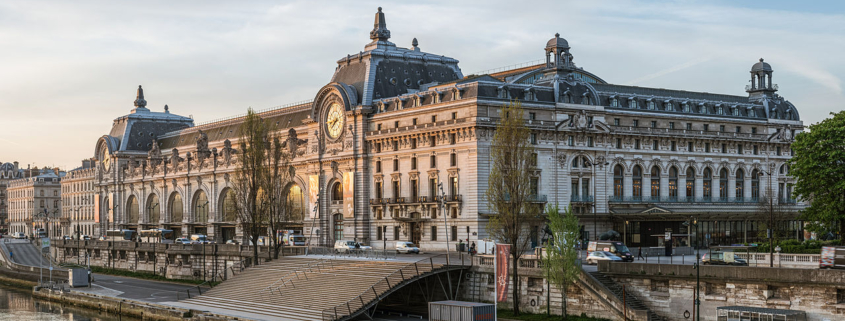 Daniel Vorndran / Wikimedia Commons / CC-BY-SA 3.0
Daniel Vorndran / Wikimedia Commons / CC-BY-SA 3.0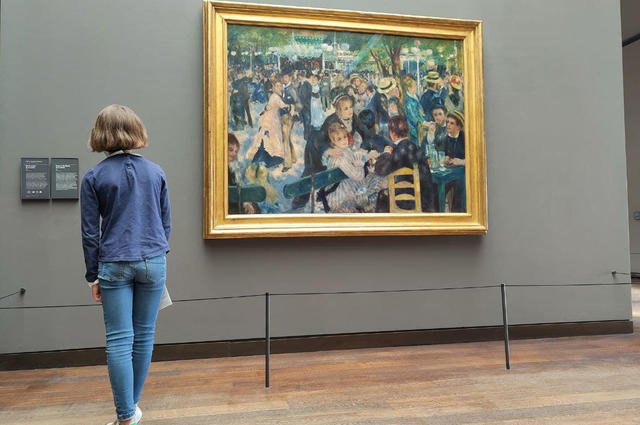
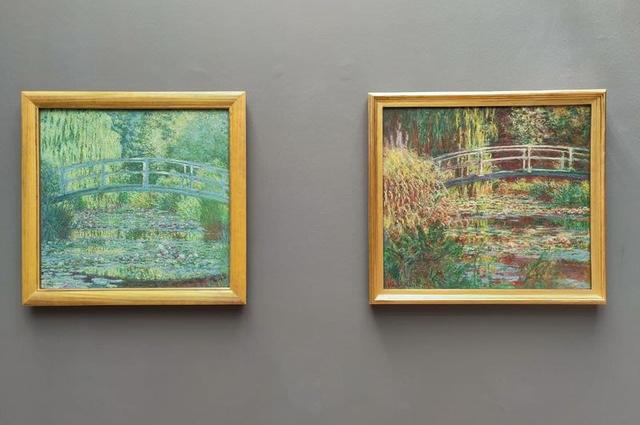
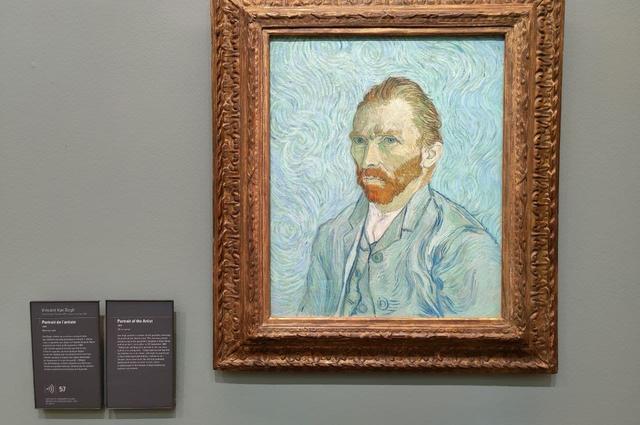
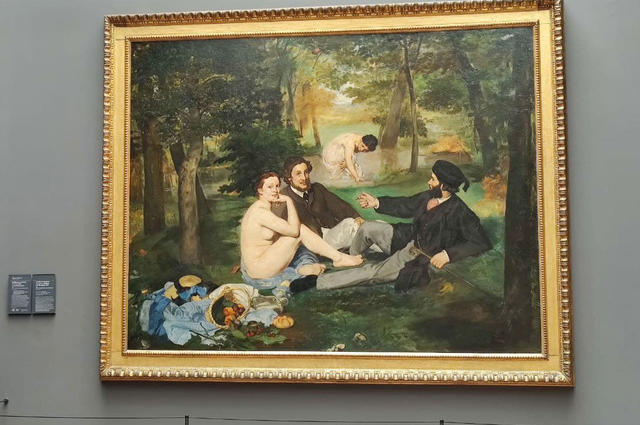
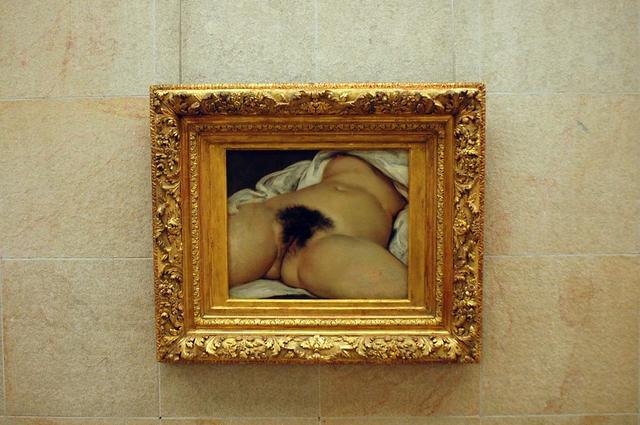
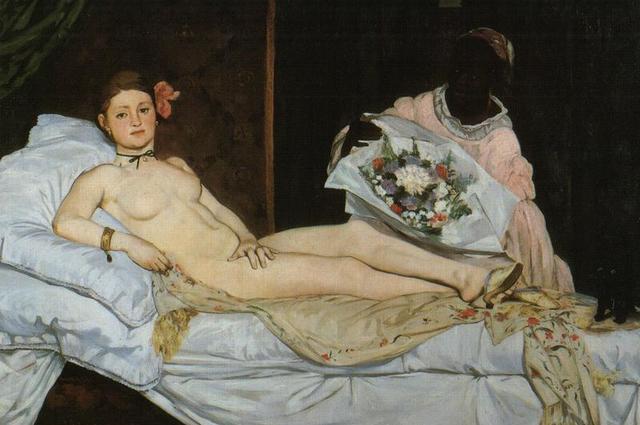
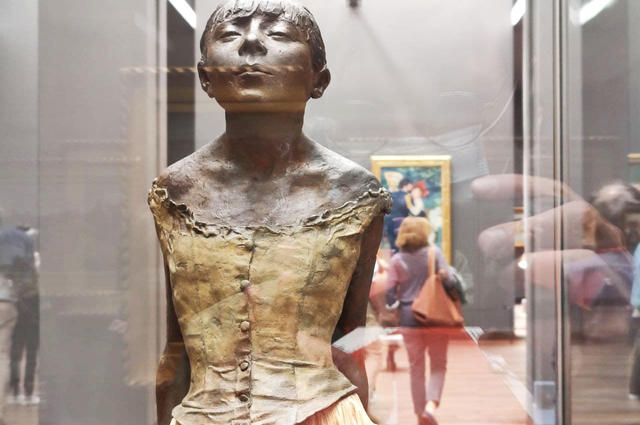
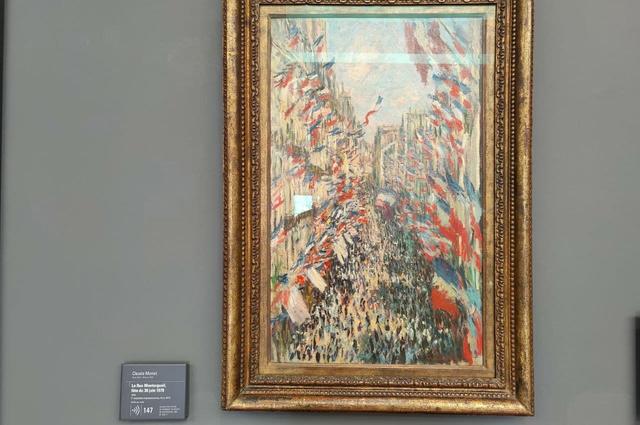
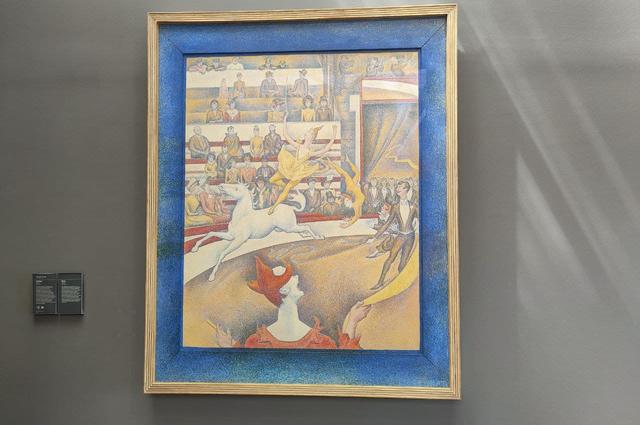
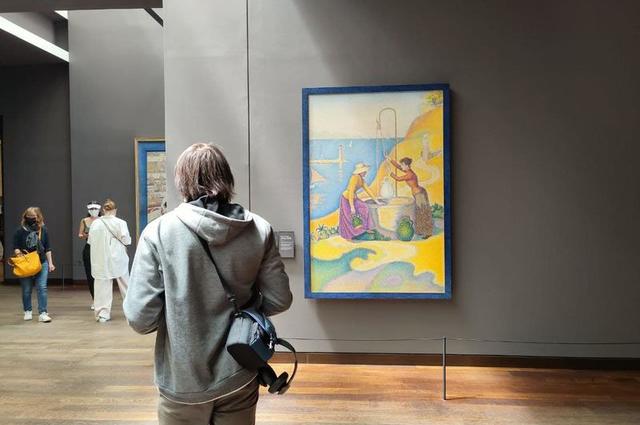


Leave a Reply
Want to join the discussion?Feel free to contribute!